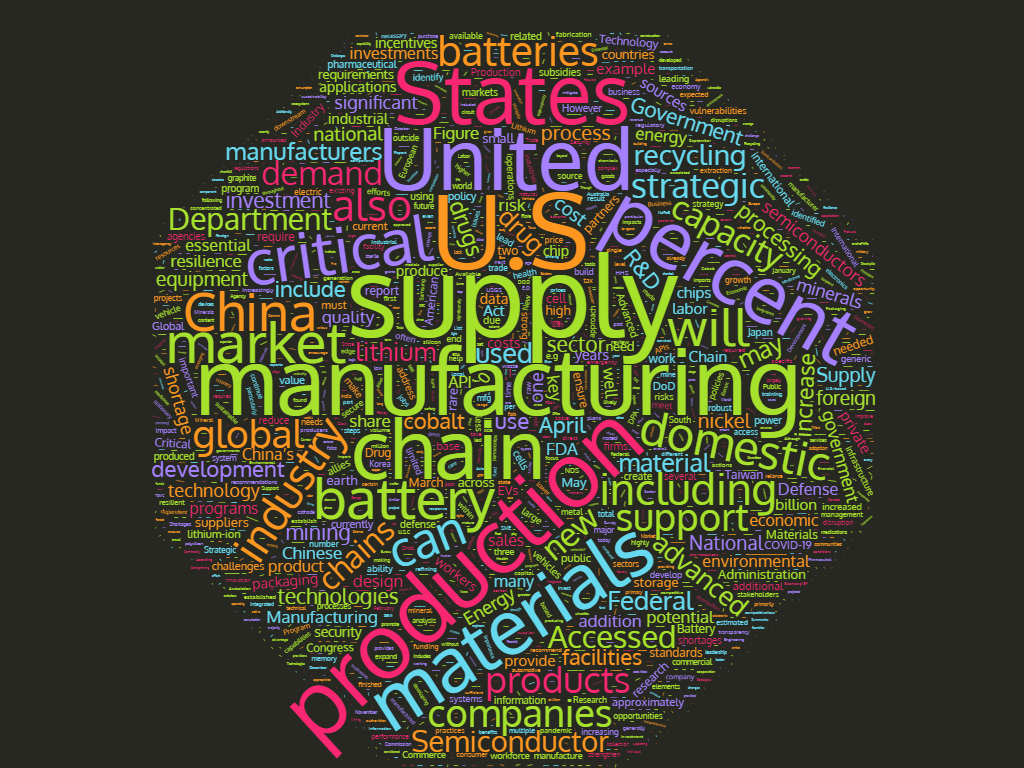For thirty-two years the Council of Supply Chain Management Professionals has sponsored an annual comprehensive review of the field. This year’s report was released on June 24. According to CSCMP, key findings include:
The K-shaped recovery of 2021 reflects changed consumer habits. Hospitality, restaurants and airlines struggled. Grocery retail, home improvement and e-commerce prospered.
E-commerce purchases (some of which was picked up in-store) grew by 33% to $792 billion, representing 14% of all retail sales.
The control tower concept is taking on an added importance. Resilience is most effective when paired with visibility. Companies need knowledge to make quick decisions, and the control tower serves as an information hub to enable better planning and reacting.
Sustainability efforts by the transportation sector are increasing. Consumers are considering environmental impacts in their purchasing decisions while governments across the globe are instituting more stringent regulations.
Moving forward, supply chains must continue to provide goods and services to the American public while dealing with tight capacity and volatile rising rates; H1 2021 has the highest rates the market has ever seen.
The U.S. economy is now expected to grow 7.7% this year with advancements related to increased vaccinations and a return to normal.
Nothing highlighted in the report is unexpected, but reading this concise synthesis is helpful.
I hope that economic expectation is accurate. I am increasingly concerned about the Delta variant’s impact — and even more concerned regarding the potential consequences of post-Delta mutations.
A too-quick cautionary comment regarding “control towers“: The benefits ought to be obvious. But I have noticed that the analogy can sometimes prompt those who are not supply chain professionals to neglect important aspects of the aviation analogy. Those in the control tower can see the whole system and are, as a result, a valuable source of credible guidance to the pilots who remain in control. Recently one CFO complained to the firm’s CSCO that after “buying your control tower, we seem to have less control than before.” Knowing that the CFO is a Tolkien fan, my contribution was to suggest the current technology is less a control tower than a digital Weathertop or Amon Sûl from The Lord of the Rings. Seeing farther can inform better decisions, but control remains elusive… even for Gandalf.
Moreover, it is substantive insight into the whole air traffic system that gives aviation control towers their value. Meanwhile, current supply chain management “control towers” tend to have tiered and partial views of the system: sort of like, everything that moves at 25,000 to 30,000 feet, but little above or below. Hmmm, maybe I’ll take the train…
